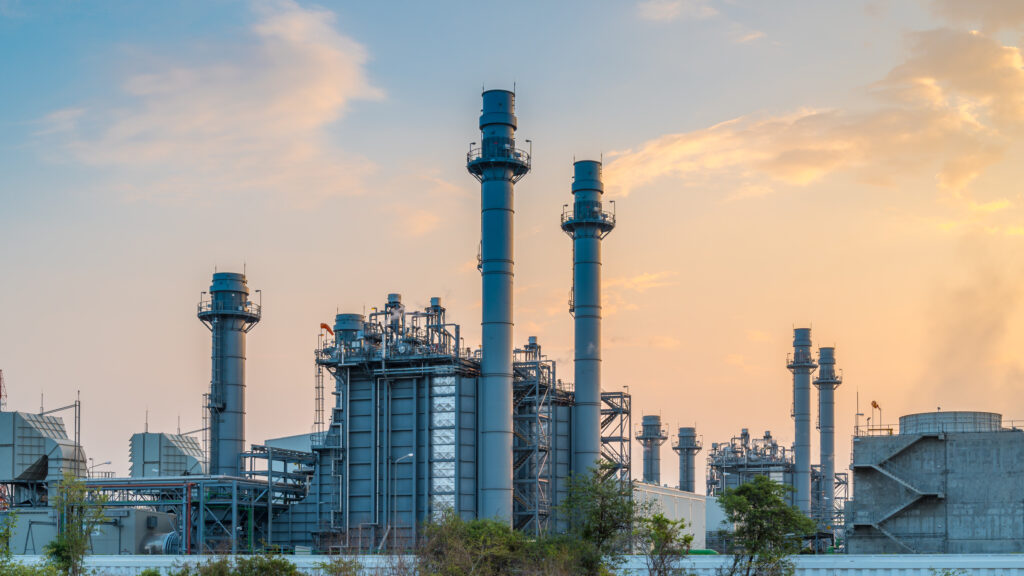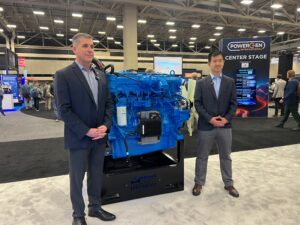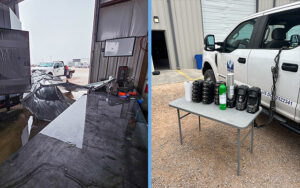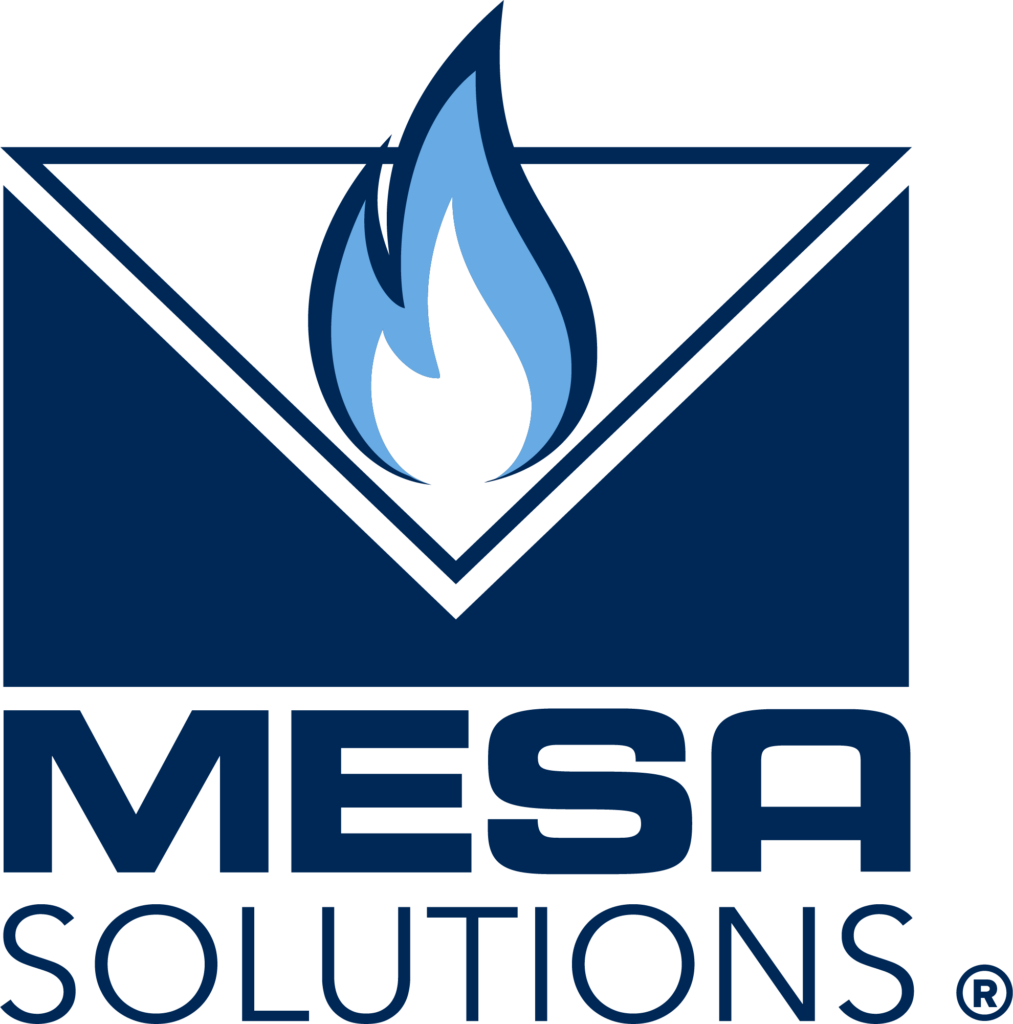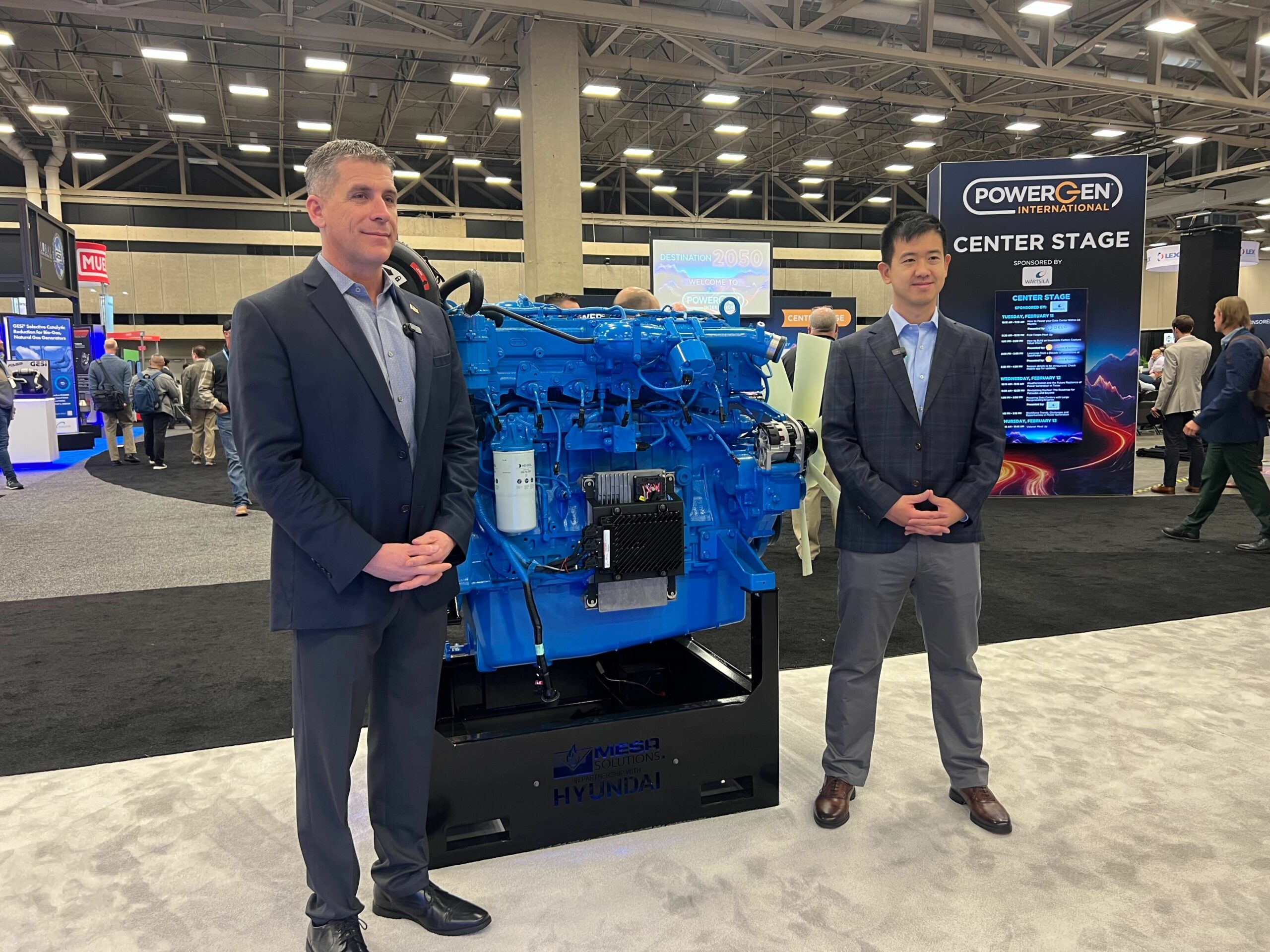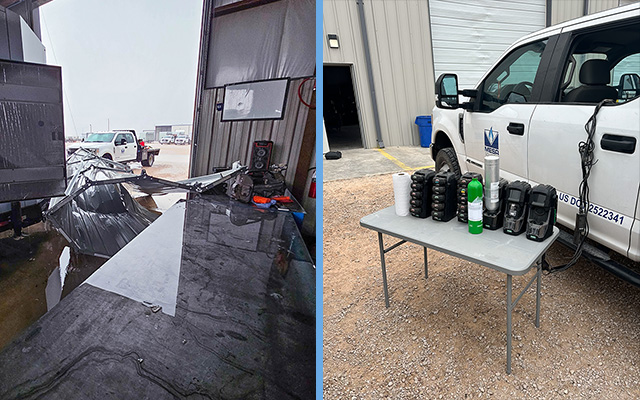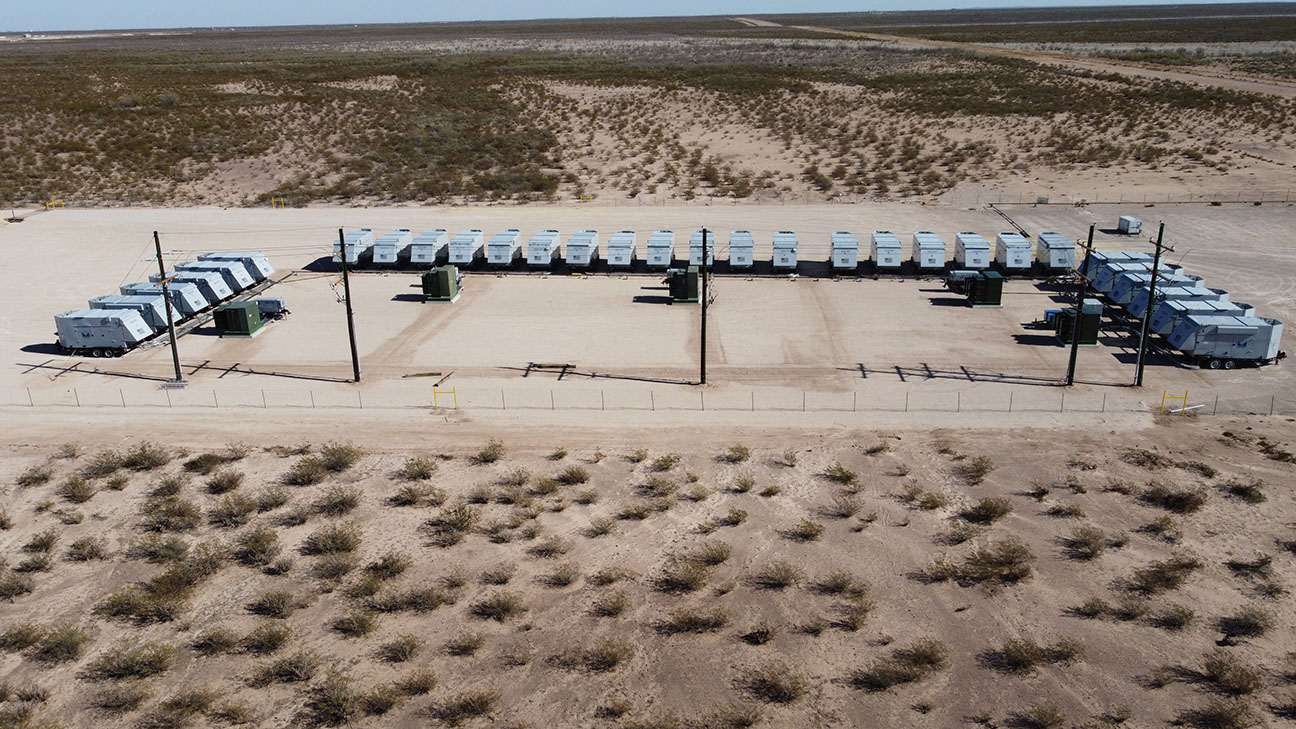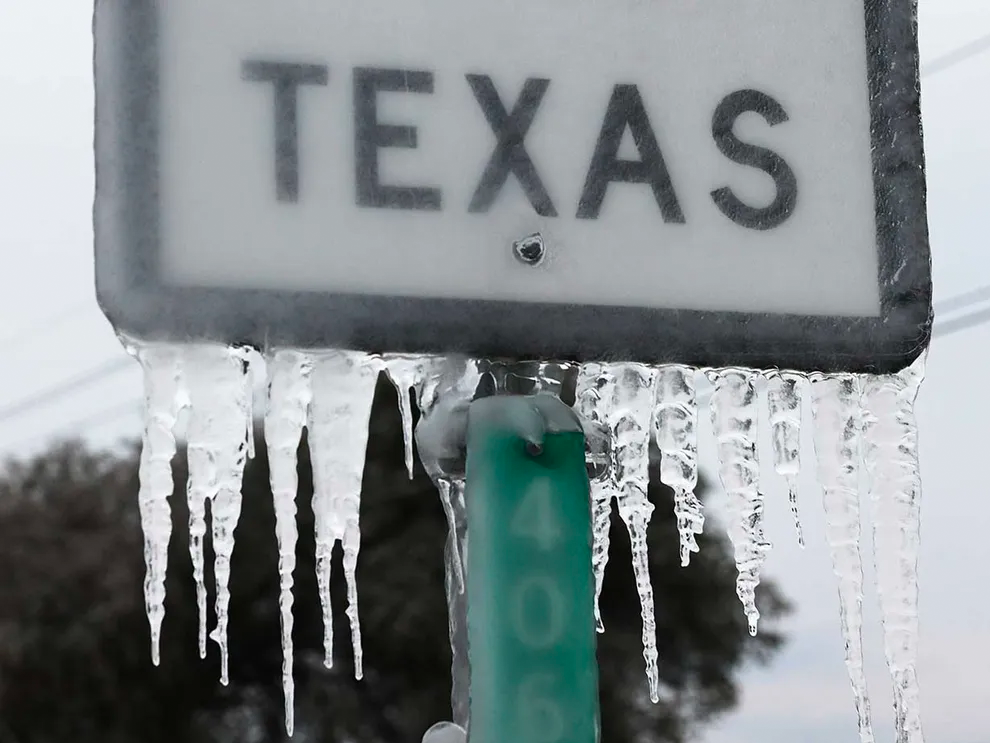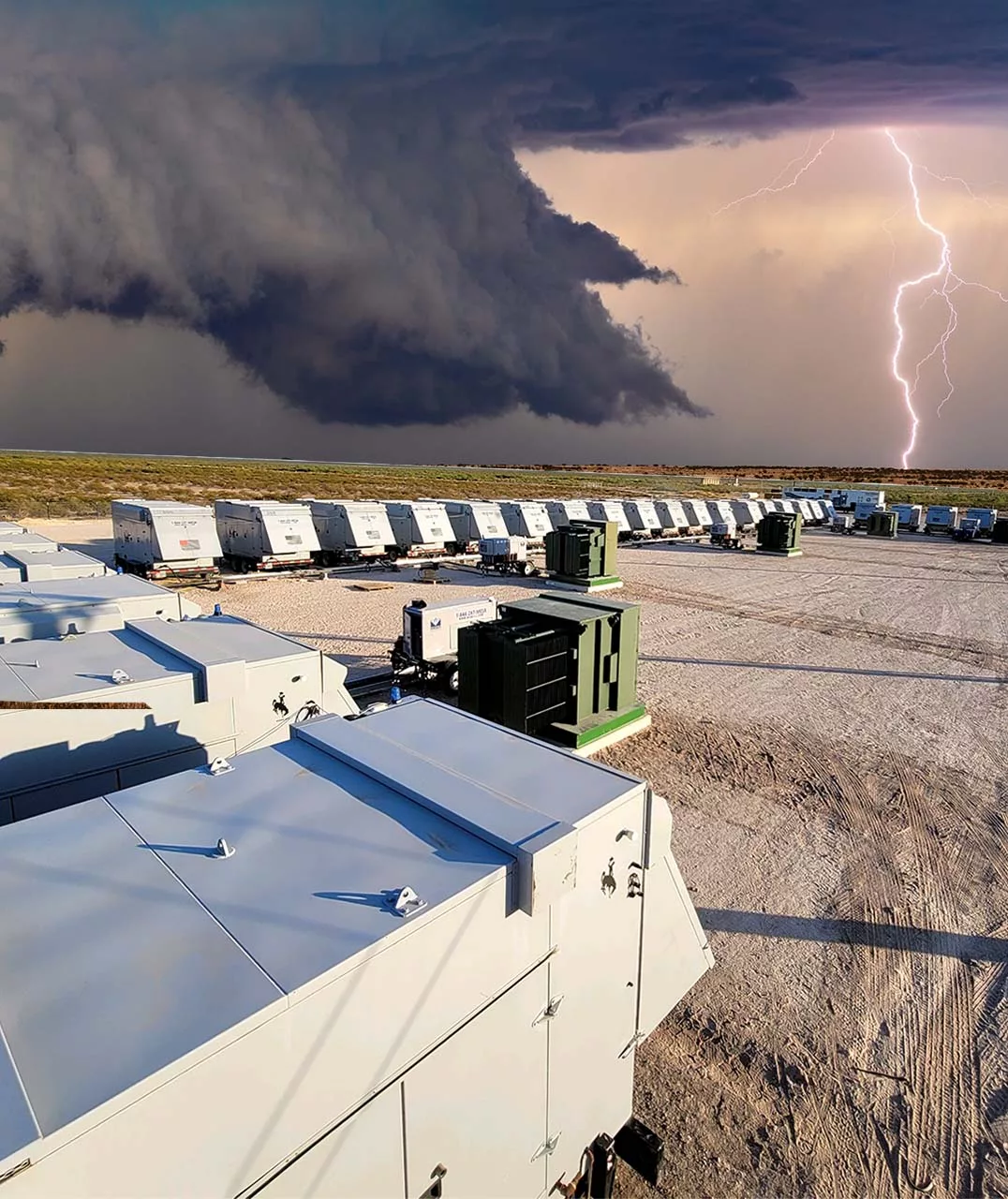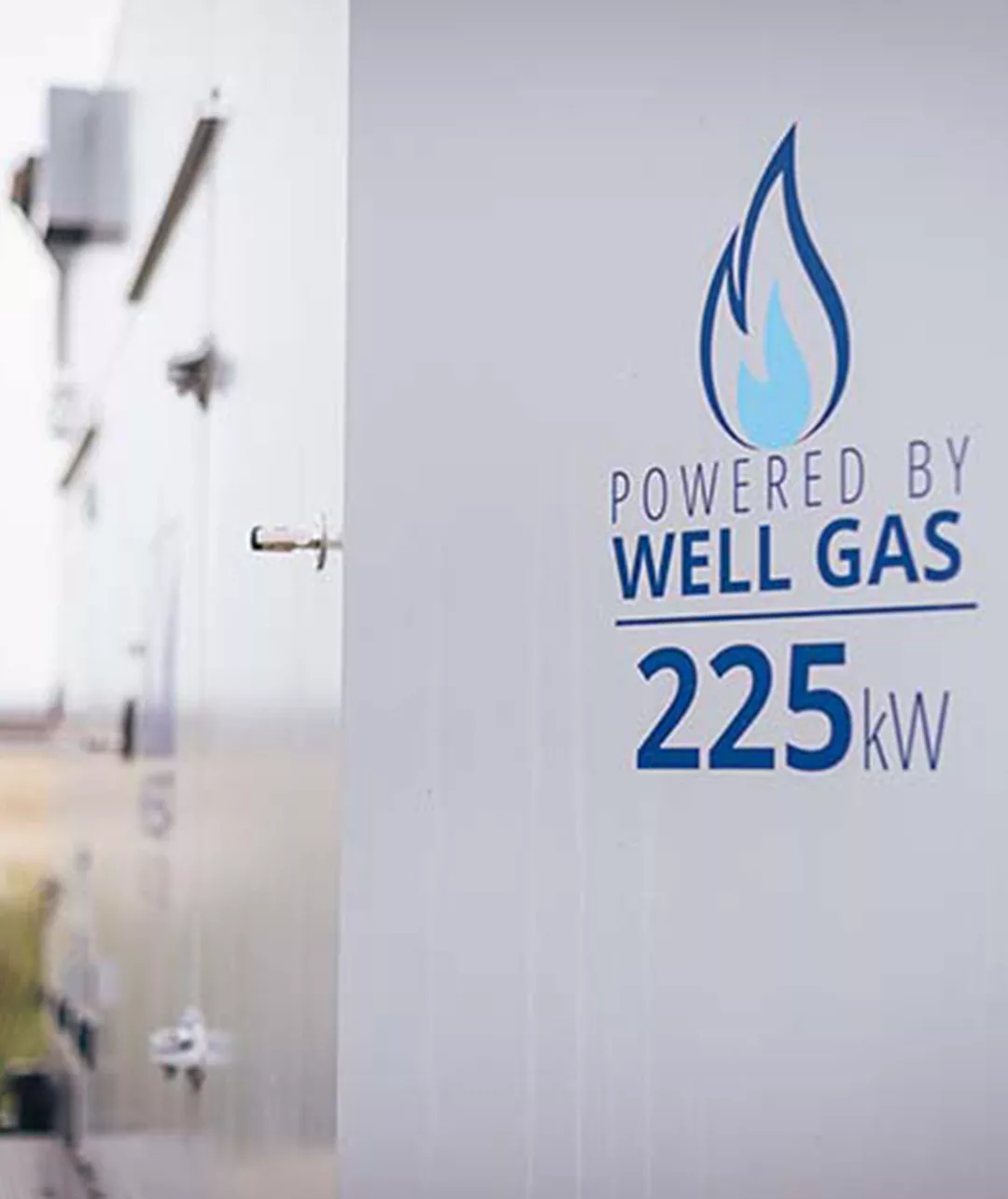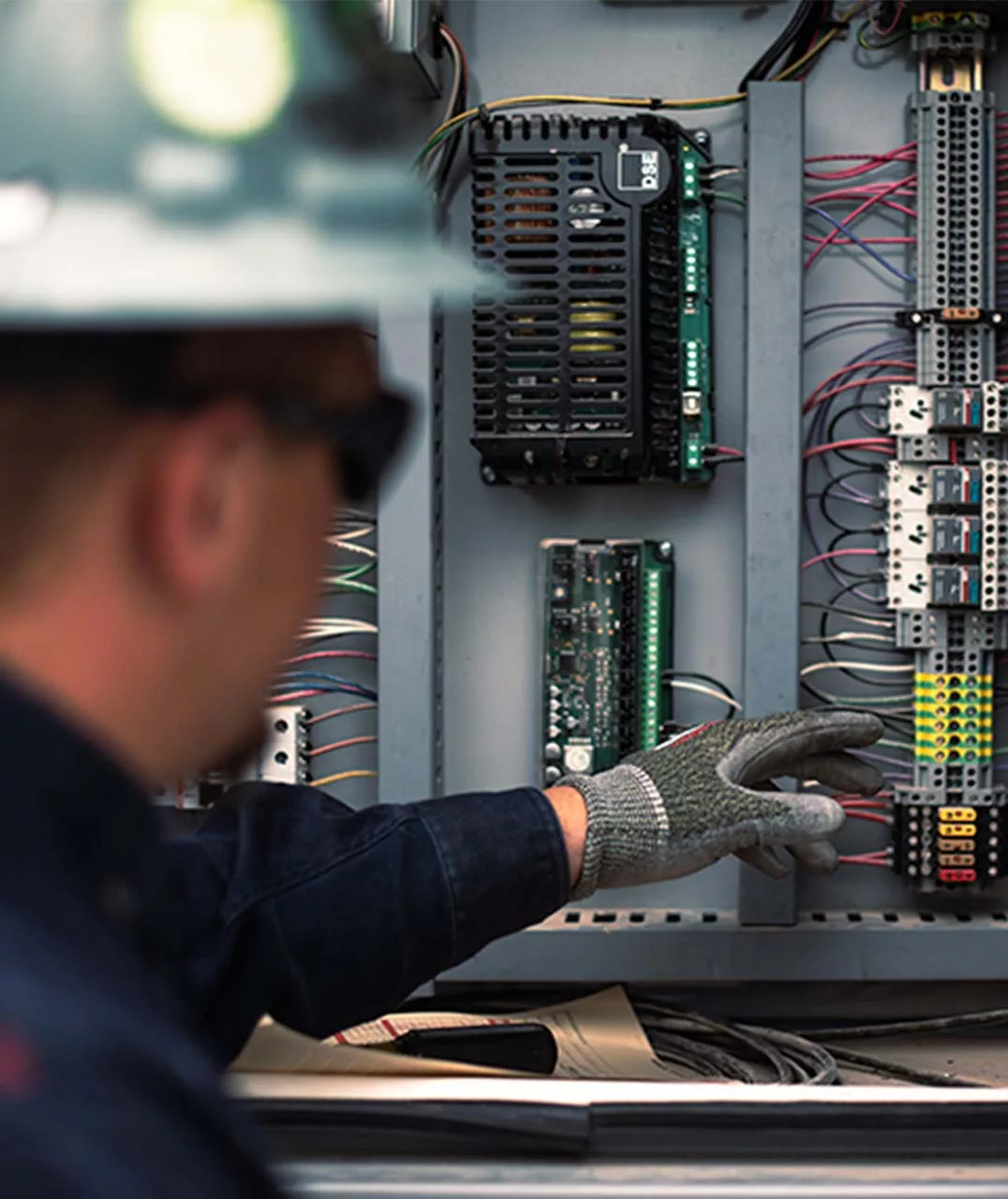It is becoming more common for our customers in the oil and gas industry to ask questions regarding the emissions of our products. Understanding emissions both at the state and federal levels can be challenging – Mesa understands that. Often in sales meetings we get the question: How do natural gas generator emissions compare to Diesel generators? We understand the need for clarification in this area, and this article should help you understand the issues better. When it comes to implementation, you have a partner in Mesa as we have taken the time to understand the requirements and will work with you to be compliant.
An Overview of Natural Gas Generators and Diesel Generators
Emissions for both natural gas generators and diesel generators are largely determined through federal and state regulation. Since the passage of the Clean Air Act (CAA), the United States has consistently sought to reduce the amount of pollutants released into the air.
The various regulatory frameworks the Environmental Protection Agency (EPA) has established to accomplish these objectives have not only drastically changed the landscape of the energy industry as a whole, but have also greatly affected the viability of numerous technologies.
EPA Emissions Standards for Natural Gas and Diesel Generators
In the United States, the EPA sets federal minimum emissions standards for both natural gas and diesel generators. While every state has the option to exceed EPA standards through legislation or regulations, no state may set standards that are less stringent than those promulgated by the EPA.
The 1990 amendments to the CAA established the Operating Permit Program, which regulates commercial sources that release pollutants into the air. Natural gas and diesel generators fall under this program.
The Operating Permit Program requires owners/operators of natural gas and diesel generators to provide both information on regulated pollutants released into the air and what steps the owners/operators must take to reduce such pollution.
State and local governments are allowed control over the issuance of operating permits. However, if a state or local government fails to properly carry out the requirements of the Operating Permit Program, the EPA can assume control over the issuance of operating permits.
The regulations governing the Operating Permit Program which establish the minimum standards for state and local permit programs are located in the Code of Federal Regulations at 40 CFR Part 70. Further, the CAA provides that the EPA set standards of performance for new sources.
The new source performance standards for natural gas generators and diesel generators are listed in 40 CFR Part 60. Each state and local government has the option to develop and submit a State Implementation Plan (SIP), which essentially details how the new source performance standards will be implemented and enforced.
Diesel Generator EPA Standards
Diesel generators are regulated by 40 CFR Part 60 Subpart IIII. Here, the EPA provides emissions standards manufacturers must meet, emissions standards owners/operators must meet, EPA certification requirements, testing requirements, and compliance requirements.
EPA terminology describes diesel generators as Stationary Compression Ignition Internal Combustion Engines (CI ICE). The released pollutants from diesel generators that are regulated by the EPA in categories of: Nitrogen Oxides, Hydrocarbons, Nonmethane Hydrocarbons + Nitrogen Oxides, Carbon Monoxide, and Particulate Matter.
There are 4 different Tiers of standards for diesel generators, which are based on both the rated power and the manufacture date of that particular diesel generator. Each Tier’s standards become progressively more stringent.
Natural Gas Generator EPA Standards
Natural gas generators are regulated by 40 CFR Part 60 Subpart JJJJ. Here, the EPA provides emissions standards manufacturers must meet, emissions standards owners/operators must meet, EPA certification requirements, testing requirements, and compliance requirements.
EPA terminology describes natural gas generators as Stationary Spark Ignition Internal Combustion Engines (SI ICE). The released pollutants from natural gas generators that are regulated by the EPA are: nitrogen oxides (NOx), carbon monoxide (CO), and VOC (Volatile Organic Compounds).
There are 2 different Tiers of standards for natural gas generators, which are based on both the horsepower and the manufacture date of that particular natural gas generator. Each Tier’s standards become progressively more stringent.
Mesa’s Natural Gas Generators in Regard to Federal Regulations
Mesa’s natural gas generators are 4-stroke rich burn engines. While Mesa’s natural gas generators have the capacity to run on liquid propane (LP), natural gas is deemed the primary fuel.
All of Mesa’s natural gas generators come EPA certified. Mesa’s engine sizes range from 100 HP to 580 HP.
While states may differ in their permitting and compliance programs, federal law simply requires that a natural gas generator be EPA certified (or demonstrates compliance as provided by Subpart JJJJ) and that operators demonstrate compliance by keeping records of conducted maintenance.
Emissions Comparison Between Mesa’s Natural Gas Generators and Diesel Generators
In regard to on-site power for oil and gas applications, diesel generators currently comprise 85% of the world’s market share and natural gas and turbine generators comprise the remaining 15%.
Between Mesa’s natural gas generators and the diesel generators currently used in the market, Mesa’s natural gas generators emit 95% less NOx emissions, 94.7% less CO emissions, and 98.1% less VOC emissions.
Further, Mesa’s natural gas generators indirectly reduce emissions by fueling themselves off of wellhead gas that would otherwise be flared. While natural gas generators and diesel generators have different regulatory schemes when it comes to emissions standards, traditionally (Tier 1-3 standards), the emissions standards for diesel generators have been less stringent than those for natural gas generators. However, the new Tier 4 standards for diesel generators substantially reduced the amount of permissible NOx levels. The CO emissions standards remained unchanged for diesel generators, however.
Operators/owners of both diesel generators and natural gas generators remain below emissions standards by using different emissions control technologies. For example, Mesa’s natural gas generators are equipped with an air fuel ratio controller and nonselective catalytic reduction catalyst so that its generators can remain well below permissible emissions standards.
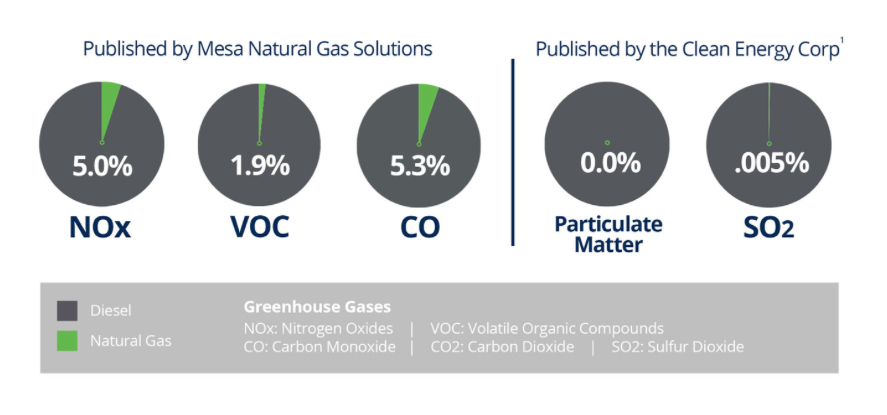
Bottom Line
Mesa Natural Gas Solutions knows the Regulations promulgated by the EPA regarding emissions standards for both natural gas generators and diesel generators will continue to be more stringent, we keep a specialist on staff to stay up to date and keep you informed.
In the end, only the technologies that can comply with the EPA’s ever increasingly more stringent standards will survive, Mesa can help you survive. Ultimately, this will be accomplished via technological advancements that allow emissions control technologies to significantly reduce emissions levels and by utilizing fuel sources that have less of a potential to emit pollutants, especially NOx and CO.
Note that the terms natural gas and diesel generator refer to stationary generators that are used for on-site power for oil and gas applications.
